- Home
- Articles
- Architectural Portfolio
- Architectral Presentation
- Inspirational Stories
- Architecture News
- Visualization
- BIM Industry
- Facade Design
- Parametric Design
- Career
- Landscape Architecture
- Construction
- Artificial Intelligence
- Sketching
- Design Softwares
- Diagrams
- Writing
- Architectural Tips
- Sustainability
- Courses
- Concept
- Technology
- History & Heritage
- Future of Architecture
- Guides & How-To
- Art & Culture
- Projects
- Interior Design
- Competitions
- Jobs
- Store
- Tools
- More
- Home
- Articles
- Architectural Portfolio
- Architectral Presentation
- Inspirational Stories
- Architecture News
- Visualization
- BIM Industry
- Facade Design
- Parametric Design
- Career
- Landscape Architecture
- Construction
- Artificial Intelligence
- Sketching
- Design Softwares
- Diagrams
- Writing
- Architectural Tips
- Sustainability
- Courses
- Concept
- Technology
- History & Heritage
- Future of Architecture
- Guides & How-To
- Art & Culture
- Projects
- Interior Design
- Competitions
- Jobs
- Store
- Tools
- More
New Design & Architecture Trends of Educational Institutions
Educational institutions are constantly evolving all around the world. New trends in design and architecture aid this evolution. Many schools are embracing these changes to provide students with access to learning resources.
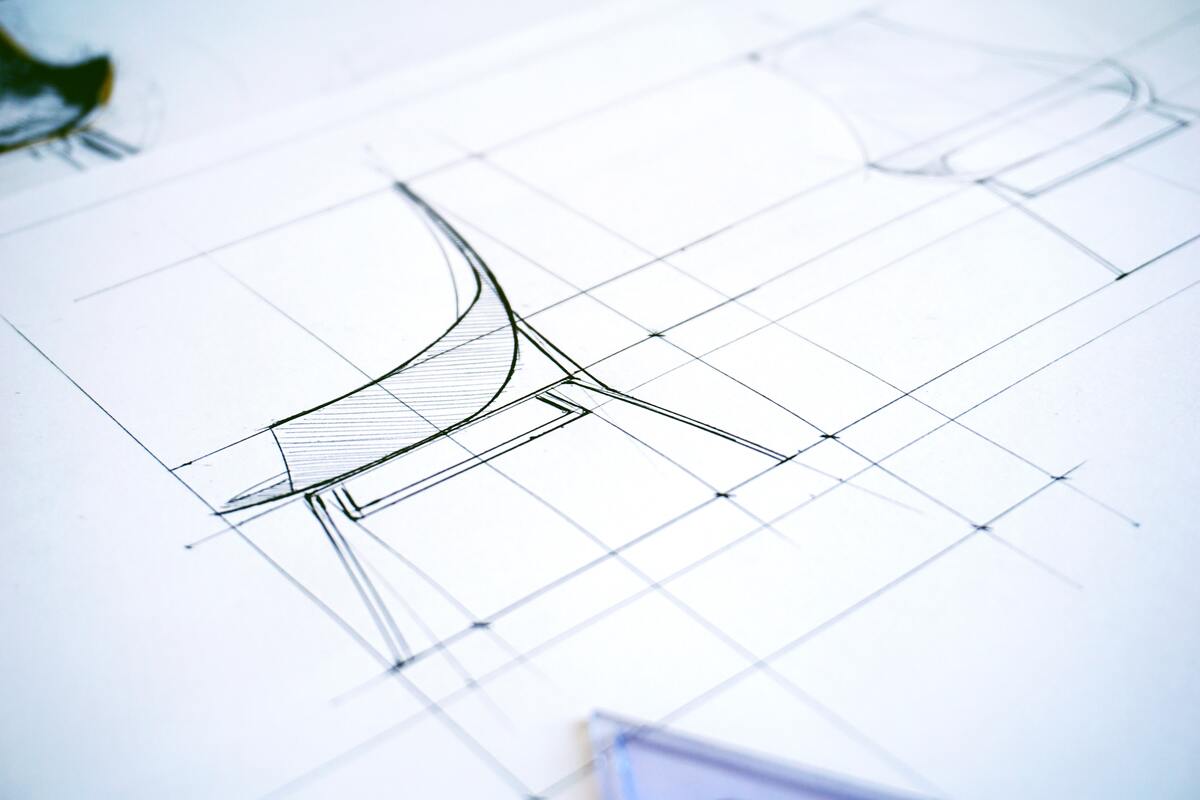
Educational institutions are constantly evolving all around the world. New trends in design and architecture aid this evolution. Many schools are embracing these changes to provide students with access to learning resources. On the other hand, these changes allow educators to provide better instruction. If you are interested in understanding more, keep reading this article to learn about the new design and architectural trends of educational institutions.
Table of Contents
ToggleFlexible and Blended Learning Spaces
Having functional spaces is indispensable for effective learning. For this reason, designers and architects are developing ideas that support in-personal, remote, and hybrid learning experiences. Similarly, many schools have been transformed to provide students with a home-like environment which encourages learning. Some such design concepts include:
- Relaxing spaces;
- Use of cozy fabrics;
- Gaming areas;
- Adding greenery.
Many educational institutions adopt these elements and more into their schools for an optimal learning experience.
Regardless of the environment, effective learning involves completing assignments, projects, term papers, and more. However, learners do not always have the knowledge or experience to complete their tasks without external help. When this happens, students may select a preferred learning service highlighted by the Topwritersreview. This review provides students and professionals with objective information about each writing service. Having selected a good writer, a student can relax and not think about their assignments.
Personalization
Conventional learning involves a one size fits all approach to education. This method has been in practice for decades. However, the demands of this century necessitate the need for personalized learning. Now more than ever, teachers and professors try to provide resources and support to students depending on their unique situations. To implement this trend, new design and architectural approaches are used. Many schools are supplying classrooms and lecture halls with multiple power sources, internet access points, and Wi-Fi hotspots for learners to make the best use of their devices. As such, students can quickly access the internet when looking for more information.

Improved Safety
Safety is integral to the use of any shared learning space. Doing this is particularly essential when kids or teenagers are present. As such, many institutions are transforming classes and lecture halls with safety in mind. In particular, the COVID-19 pandemic shows the need for larger learning areas suitable for social distancing. Likewise, it highlights the need to have furniture capable of supporting public health protocols in the event of a global health crisis. On the other hand, ventilation has become a safety priority in most newer buildings. Designers and architects implement these designs to limit exposure to harmful pathogens.
Integrated Technology
Without a doubt, the future of education involves using technology. Therefore, the use of technological devices is exponentially increasing in educational institutions. To meet these growing demands, school spaces now include tools that allow for the seamless integration of technology. For example, projectors or large monitors allow for presentation and video conferencing in most classrooms. In addition, larger IT rooms are being built to ease the implementation of this trend. Overall, these changes have a positive effect on the learning process.
What is also important is improving accessibility to writing platforms for students who need them. The best essay services provide learners with invaluable information when selecting a writing service. Also, it highlights warning signs a student will want to keep an eye on.
Eco-friendly Design
A proactive approach to eco-friendliness is a priority for most schools. As a result, sustainability is always considered when building or improving learning spaces. Schools now work with designers and architects specializing in sustainable fittings and furniture. In addition, sustainable supplies and eco-friendly products are preferred over other options.
Alternative Seating Arrangements
Traditionally, classroom arrangement consists of rows of desks. Although this arrangement has its advantages, it significantly reduces engagement, especially for students at the back. To improve engagement, many institutions collaborate with designers to develop seating configurations that maximize the participation of all learners. Similarly, such arrangements give educators the ability to better monitor and evaluate students on an individual level.
Improved Acoustics
Noise is a key problem in many schools. When the learning space becomes too noisy, students get distracted. Therefore, the design and installation of appropriate noise-reducing materials should encourage engagement and minimize distraction. There are also architectural design solutions that aid with acoustics, like amphitheater sitting arrangements.
To Conclude
New designs and architectural trends are shaping how educational institutions operate. Some of these trends include flexible and blended learning areas. In addition, personalized learning experiences are prioritized while ensuring safety. Likewise, many schools utilize integrated technology and eco-friendly designs in their spaces. To improve engagement, institutions collaborate with designers to implement alternative seating arrangements and enhance the acoustics of classrooms and lecture halls. These and other solutions can elevate modern education and boost student engagement into the learning process.
About the Author
Diane Sherron is a regular guest author on various platforms. She loves to write content on a wide range of topics. When she is not writing, Diane loves to spend time at the beach.
illustrarch is your daily dose of architecture. Leading community designed for all lovers of illustration and #drawing.
Submit your architectural projects
Follow these steps for submission your project. Submission FormLatest Posts
Tips for Creating a Functional and Beautiful Outdoor Area
A great outdoor area should feel easy to use and beautiful to...
Painting Trends in 2026: Colours & Finishes That Sell Homes
Paint trends for houses show a dramatic transformation as we approach 2026....
How Compact BLDC Motors Enable Dynamic Architecture
Modern buildings are no longer static objects. Windows open and close automatically,...
Unintentionally Leaning Towers: When Architecture Defies Stability
Unintentionally leaning towers reveal architecture’s fragile negotiation with gravity, soil, time, and...



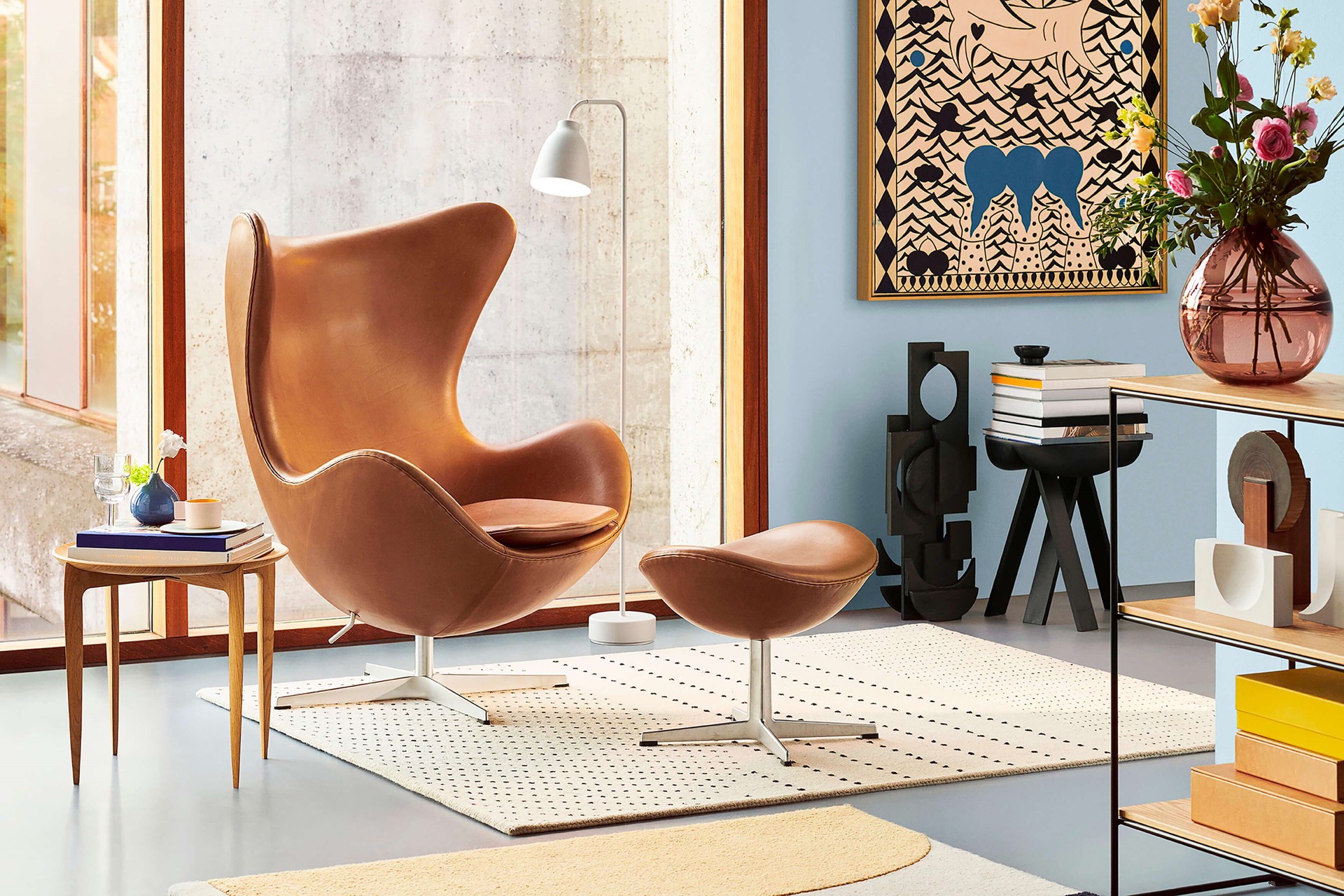
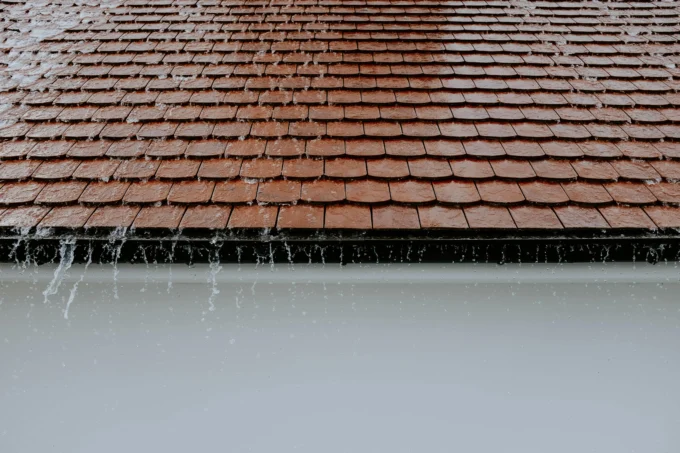

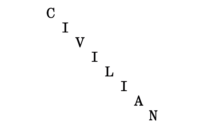


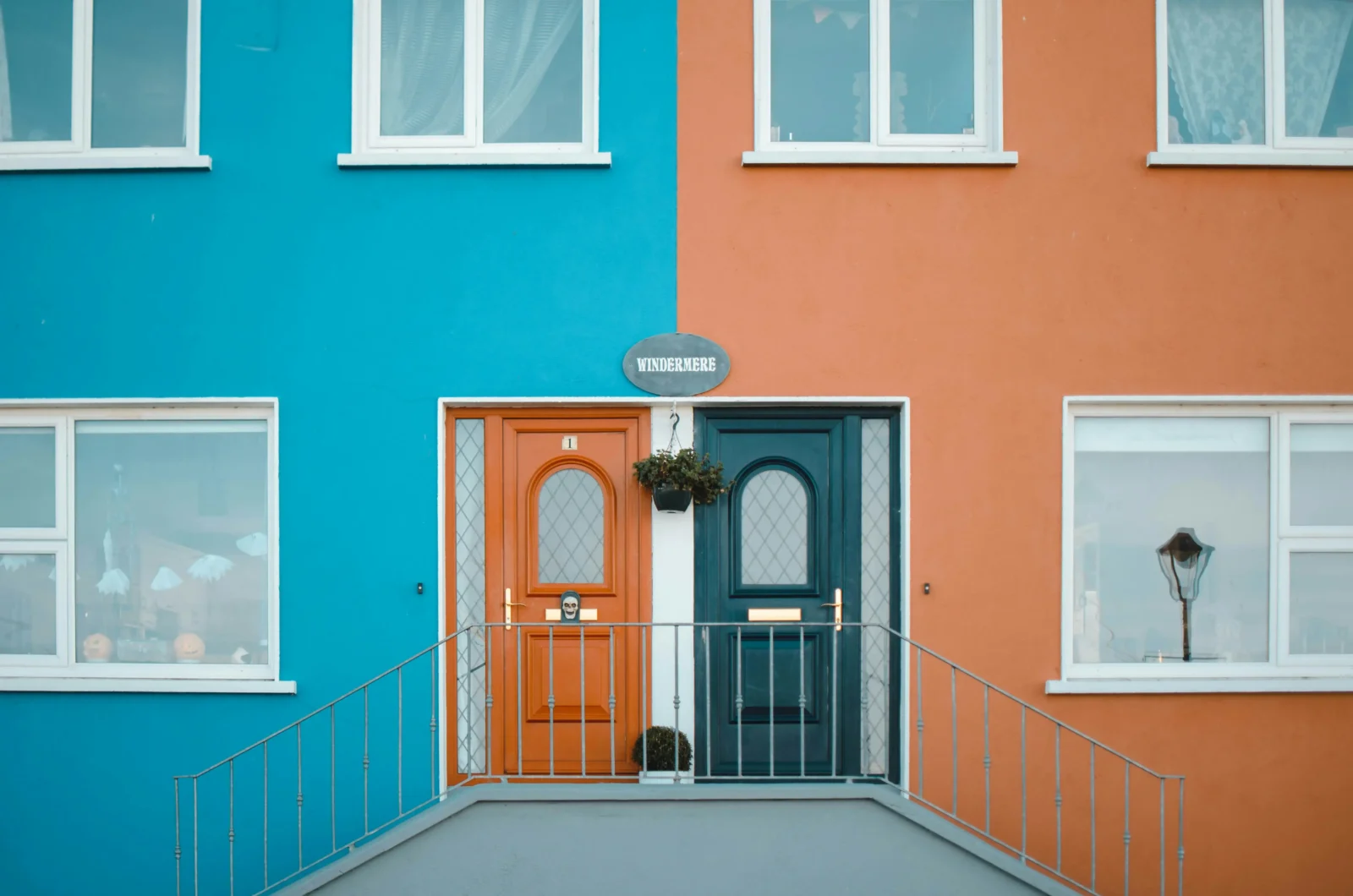

Leave a comment